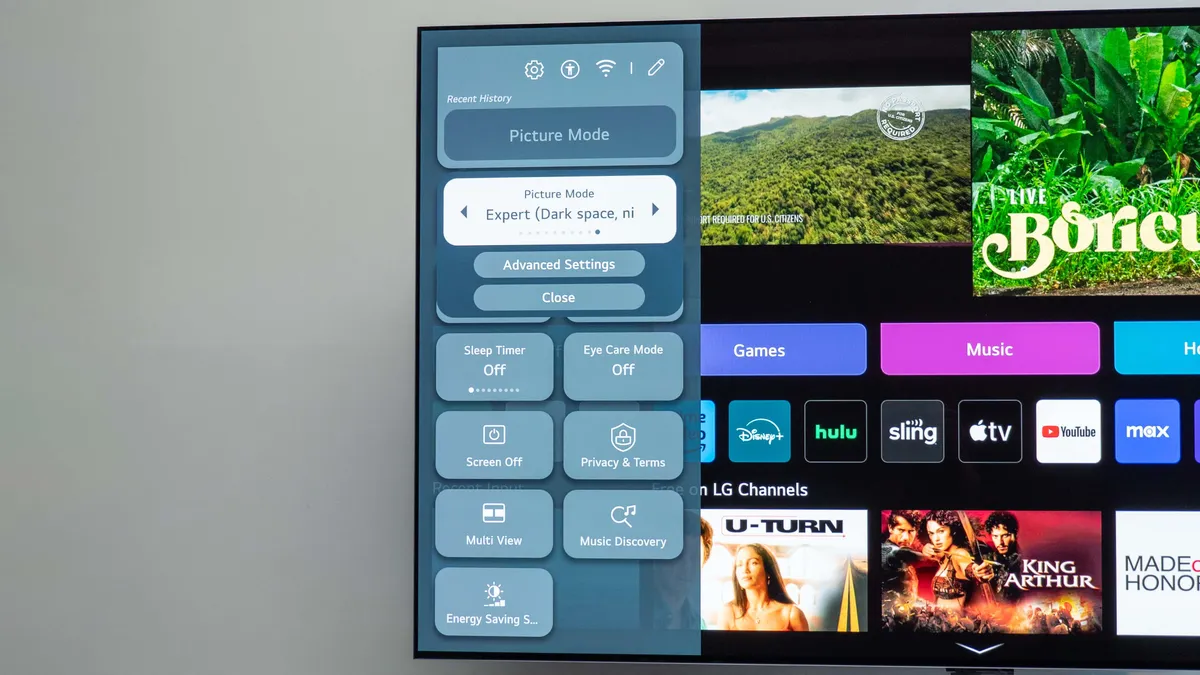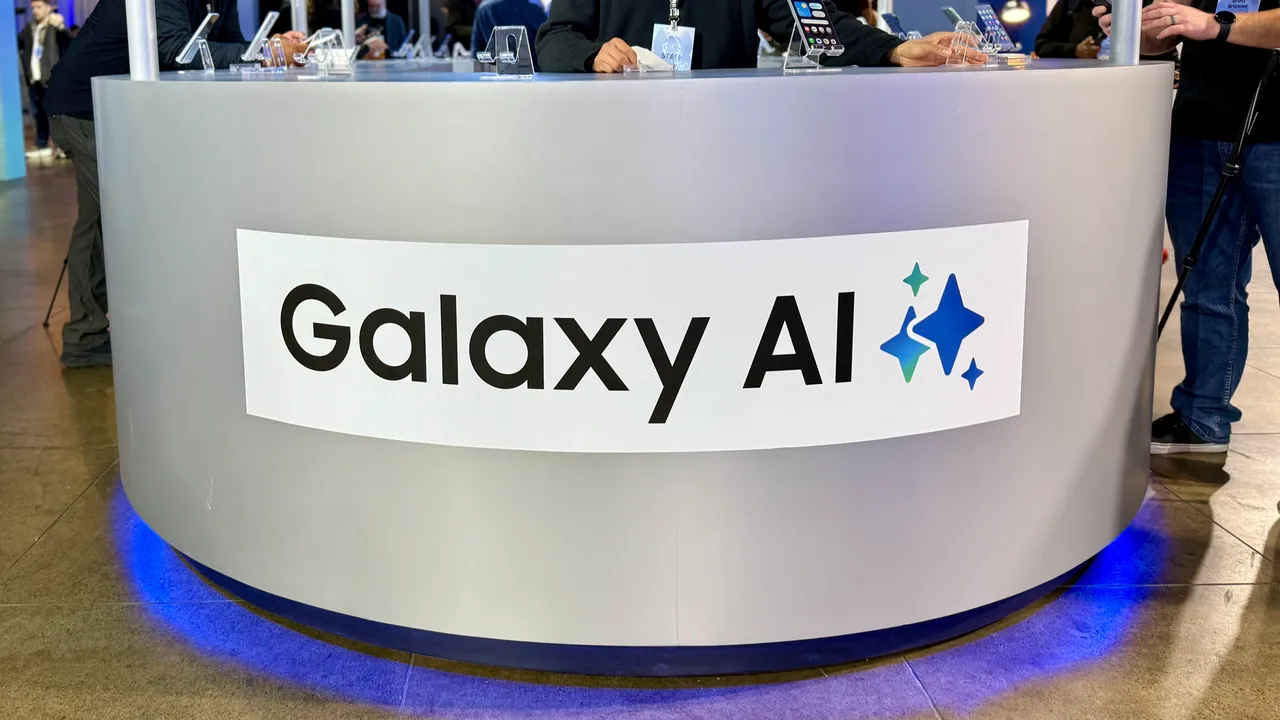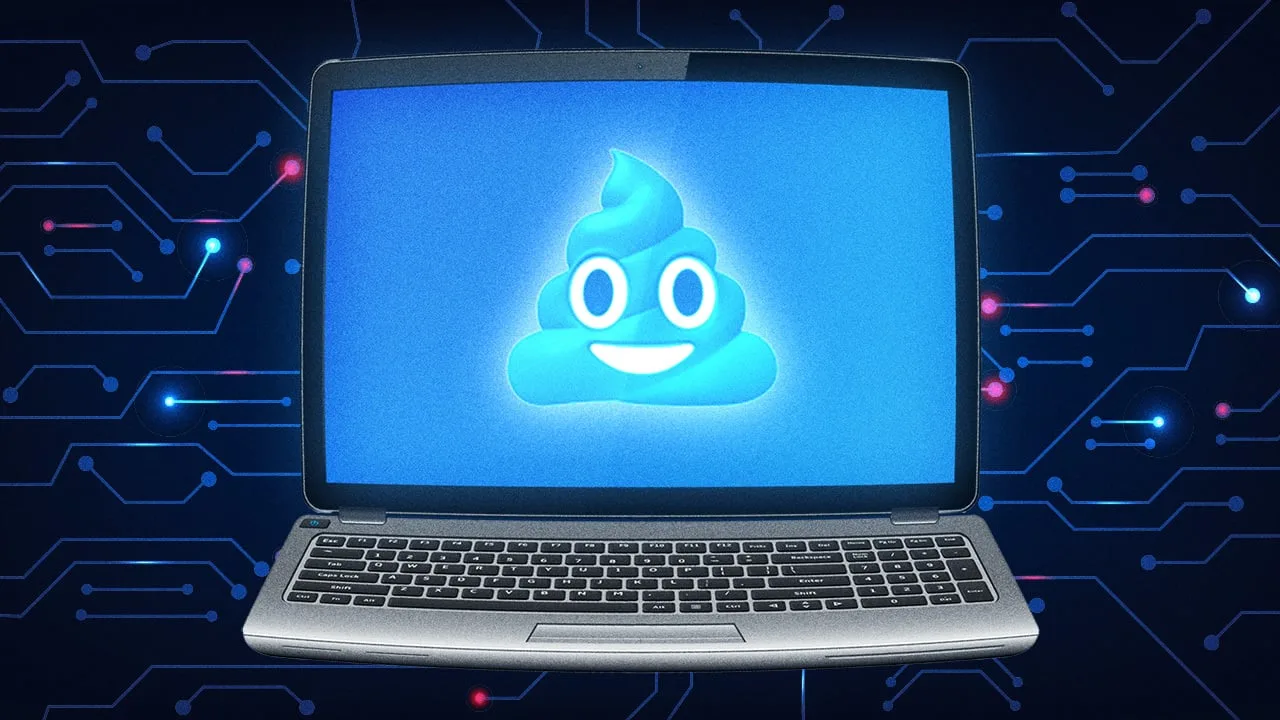Petrol Price in India today
Petrol Rate In New Delhi
₹94.77 / Litre
July 12, 2025
Petrol Prices in Metro Cities
State Wise List For Petrol Price
| City | Petrol (Per Litre) |
|---|---|
| Andaman Nicobar | ₹82.46 |
| Andhra Pradesh | ₹109.68 |
| Arunachal Pradesh | ₹92.66 |
| Assam | ₹98.50 |
| Bihar | ₹106.94 |
| Chhattisgarh | ₹99.96 |
| Delhi | ₹94.77 |
| Goa | ₹96.58 |
| Gujarat | ₹94.47 |
| Haryana | ₹96.12 |
| Himachal Pradesh | ₹95.21 |
| Jammu & Kashmir | ₹98.40 |
| Jharkhand | ₹98.00 |
| Karnataka | ₹102.70 |
| Kerala | ₹105.87 |
| Madhya Pradesh | ₹107.83 |
| Maharashtra | ₹105.50 |
| Manipur | ₹99.65 |
| Meghalaya | ₹95.85 |
| Mizoram | ₹99.29 |
| Nagaland | ₹96.66 |
| Orissa | ₹102.45 |
| Pondicherry | ₹93.92 |
| Punjab | ₹94.30 |
| Rajasthan | ₹104.71 |
| Sikkim | ₹101.55 |
| Tamil Nadu | ₹102.00 |
| Telangana | ₹108.83 |
| Tripura | ₹96.48 |
| Uttar Pradesh | ₹95.19 |
| Uttarakhand | ₹94.60 |
| West Bengal | ₹99.43 |
Recent Posts
Petrol Price in India
The petrol price in India is subjected to revision on a daily basis and this is a smart proposition for a few reasons. The primary reason is that it allows us to easily absorb the changes in today petrol price in India. When petrol prices are changed or revised every fortnight there might be a big difference in prices, which might be an incredible pressure on a lot of us. is a big variation in prices, which puts great additional pressure on the consumer. The current petrol price in India is determined by large oil marketing companies such as Indian Oil, Hindustan Petroleum and Bharat Petroleum depending on the international rates. So, when there is a rise in the price of international crude oil, the petrol price in India increases automatically. Similarly, on the other hand, if the international crude oil prices drop, we will see an automatic dip in today petrol prices in India. And we at PriceKeeda are offering an updated list of petrol prices for our readers to stay up to date with the state wise petrol prices in India.
Various factors affect the current petrol price in India. They are:
Cost of Crude Oil
A variation in the price of crude oil in the international market directly affects the price of crude oil in the domestic market. This is one of the major factors for a change in the current petrol prices in India. A steady increase in international demand, reduced production rates and a rise in political unrest in the crude oil producing countries around the globe drastically affects the petrol prices. Increased Demand - Economic growth in India and other developing countries has also led to the increase in demand for the petrol and other essential fuels in India. There has been a rapid increase in the number of people that own private vehicles. This has added to the demand for petrol supply. Thereby, increasing the petrol price in India state wise.
Mismatch of Supply & Demand
The oil refinery companies in our country face issues to meet the growing demands of the market owing to the high costs of input price of crude oil. Thus, this results in a less supply without meeting the demand for the supply of petrol in the subcontinent. At the same time, the increase in supply would bring down the 2021 price of petrol in India. The oil refineries and marketing establishments in India maintain the crude oil inventory to last up to six weeks, which also changes the prices of petroleum products, and petrol itself.
Rate of Tax
The prices of petroleum products and petrol change depending on the local government policies which impose taxes on the different fuels. Every time there is a change in tax rates on fuels by the central government, the oil companies in the country also increase the price of petrol to recover the losses whilst maintaining marginal profits.
Rupee to Dollar Exchange Rate
The rupee to dollar exchange rate is also one of the leading factors which affect the price of petrol in India. The Indian oil companies pay for the oil that is imported from other countries in the form of dollars, but their sales are in rupee. So, when there is a drop in the price of the crude oil, and the rupee is also weak against the dollar then there will be a reduction in the profits of the oil refiners. In the same way, when the rupee is stronger against the dollar, and the price of crude oil is lower, the oil companies gain profits.
Logistics
Logistics is the significant factor in affecting the retail prices of fuel. Petrol and diesel that is transported from longer distances to cities or regions in India that are farther from depots will be priced much higher than in places that are nearer to the oil reservoirs. This is also one of the reasons behind the difference in the prices of petrol across the nation. This difference might be drastically different between cities that are geographically away from each other. For example, petrol price in New Delhi was ₹107.59 per liter on October 26, 2021, and the same petrol price was ₹112.08 per Litre in Hyderabad.
The highest petrol price in India today is in Srikakulam at ₹110.34 and the cheapest petrol price in India is in Nicobar Islands at ₹82.46.
Numerous taxes that impact the petrol prices
There is a never-ending fear that is involved in the prices of petrol in the country. Do we blame the cost of crude oil for these skyrocketing prices? Or, is the root cause something else?
The reason for petrol being exorbitant today comes down to the taxes that are levied by the central and state governments. Despite crude oil continuing to be cheap, the price for the consumer is extremely high.
If we take a look at different studies, it would be quite easy to understand that the steep hike is due to these taxes. According to Budget 2018, in spite of excise duty being slashed by the government there seems to be little to no downward curve when the price of petrol is being considered. Recently, there was a reduction of Rs.5 on petrol prices across the country. We have noticed the increase of prices has been gradual yet steady. As petrol is not subjected to fall under GST, the price varies across different states. However, when the cost, and freight prices along with dealer commission, excise duty, VAT and so on has been considered, it has been found that the taxes on petrol is more than its actual cost. Although, currently crude oil has become much cheaper in comparison to what it was in 2014, the collective taxes that are levied by the central and the state governments has caused the petrol prices to rise to what it is currently. We witnessed the highest petrol price in India a few months ago, which was never seen before.
How are petrol prices calculated in India?
As we have seen above, petrol prices are an amalgamation of numerous factors. of many things. The Petrol Price in India Today Live is determined by a plethora of taxes which includes central excise, VAT amongst others. Should this excise tax be reduced, we will be able to see a drop in petrol prices. In India, the retail prices are controlled by the oil marketing companies whilst keeping all the aforementioned factors in mind. Hence, the maximum retail petrol price in India is determined by the Indian Oil Marketing Company, which is India’s biggest oil marketing company. For example, if they release the price of petrol at 6 am every day, it is revised in all the petrol pumps of the country. Furthermore, the private sector petrol pumps also determine their own prices. However, the prices of petrol at these private sector pumps tend to be more expensive than the government owned marketing companies.
Why are petrol prices so expensive in India?
The petrol in India is one of the costliest in comparison to our neighboring countries namely Sri Lanka, Bangladesh and Tibet. Despite petrol and diesel prices being subsidized by the government it is still very similar to the market prices. However, the excise duty that has been imposed is the main reason for these exorbitant prices.
The government is looking to reduce it, but a steady mechanism is required for this to happen successfully in the long term. When we look at the year wise petrol price in India, this year saw some of the highest figures which we hope will steadily decline as the government has reduced the prices for the first time in a very long time.
Brands of Petrol Pumps in India
India is mainly dependent on the import of fuels, and lubricants for vehicles across petrol bunks, and pumps which are present across the length and breadth of the nation. The Indian Oil Corporation (IOC), which is the largest oil and gas company in India owns most of the fuel filling stations. It is closely followed by Hindustan Petroleum (HP) and Bharat Petroleum (BP).
Furthermore, there are six different companies of petrol pumps that are currently functional in India. They are:
- Indian Oil Corporation
- Hindustan Petroleum
- Bharat Petroleum
- Shell
- Reliance Petroleum
- Essar Oil
- Indian Oil Corporation
The Indian Oil Corporation (IOC) has been one of the biggest oil companies in India ever since its inception. This company is owned by the government of India. It is valued as the most profitable company in the country. The IOCL majorly controls most of the petroleum market share through its filling and pumping stations, natural gas, and Servo Lubricant oils. Apart from offering fuel, it also provides electric charging stations for electric vehicles at various filling stations.
- Bharat Petroleum
Following IOCL, Bharat Petroleum is the second-largest oil and gas company in the country. This company has its refineries located in Kochi, and Mumbai. The gas and fuel filling stations of Bharat Petroleum provide top-class services to its patrons across the nation.
- Hindustan Petroleum
Hindustan Petroleum or HPCL is one of the most reputed brands of gas, and fuel filling stations in the country. This firm controls two of the major refineries across the country and produces a vast array of petroleum fuels.
- Shell
Shell is operated by the Royal Dutch company. Shell has over 100 fuel filling stations in our country. This company is known for its premium quality of fuel. The company has future plans to expand the number of fuel filling stations across many centres in the nation.
- Reliance Petroleum
Founded by the Indian conglomerate, Reliance Industries, Reliance Petroleum is probably the biggest private sector oil firm in India. Reliance is on its way to become a household name by expanding into every industry, and sector there is in our country. The company’s Jamnagar refinery is supposed to be one of the largest refineries in India.
- Essar Oil
Essar Oil is a part of the Essar Group which was earlier named as Nayara Energy. Essar has over 1500 petrol pumps and is steadily increasing its presence across the nation by setting up more stations in the country.
Oil Imports in India
Our country is mainly dependent on the import of oil and gas. We import close to 82.8% of crude oil, and 45.3% of natural gas just to meet the requirements of the domestic demand. Due to the import of crude oil, India’s net foreign exchange for the fiscal year 2017 - 2018 was at $63.305 billion. Our country generated an estimated 35.2 million tons of petrol and related products from the indigenous crude oil production. Whereas, the consumption of petroleum and the substitute products was at 204.9 million tons. Owing to the heavy import of fuel, when it comes to the consumption of oil, India occupies the third position after the U.S. and China. Inadequate petroleum reserves in our country has pushed India to depend on the import of fuel. However, a welcome sign is the slowly yet steadily growing dependency on renewable resources such as solar, biomass, wind, hydroelectric power and other resources to achieve energy sufficiency in the near future as the government has plans to eliminate the use of petroleum products which is a major cause of air pollution and create a sustainable future.




